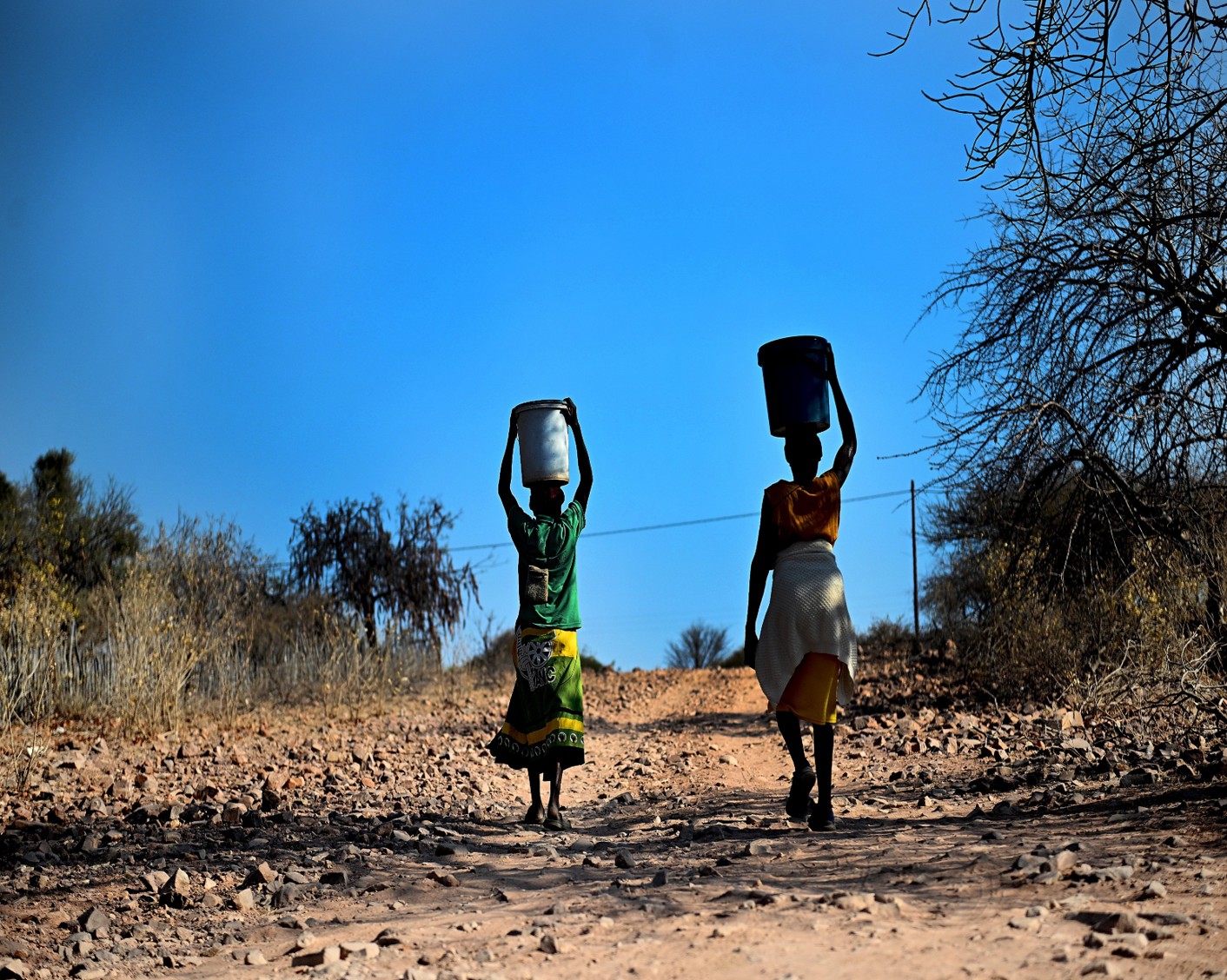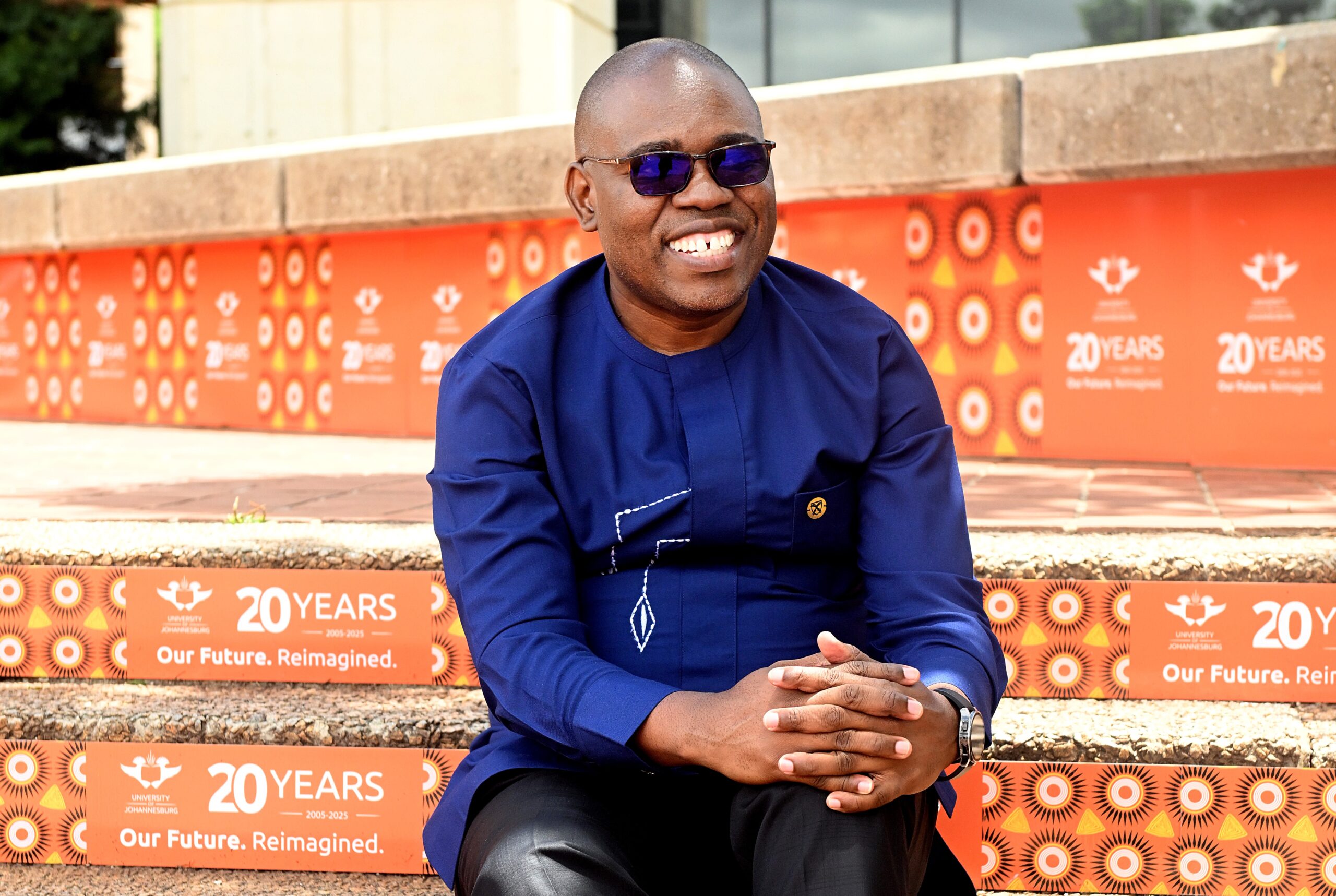Silke Staab is senior research specialist at UN Women. She delivered the 20th Annual Helen Joseph Memorial Lecture at the University of Johannesburg on 12 August 2025.
She recently published an opinion article that first appeared in the Daily Maverick on 18 August 2025.
In 2023, two billion women and girls and 1.8 billion men and boys had no access to social protection. Even when women are relatively well covered, benefit levels remain inadequate.
Repeated shocks from intersecting crises — including pandemics, escalating climate shocks, food scarcity, conflict, rising inequalities and the erosion of democracy — have taken a devastating toll on communities around the world.
Progress on gender equality has stalled. Poverty has worsened.
It seems increasingly unlikely that the 2030 Agenda for Sustainable Development, with its core principle of leaving no one behind, will be achieved — more so given current economic systems.
These systems have embedded inequalities by failing to generate enough decent jobs and limiting investment in human wellbeing. This, while driving climate change and environmental destruction.
Women and girls bear the brunt of the turbulent, often unjust world. Fewer economic resources, greater responsibilities for unpaid care and domestic work, and limited voice and agency push many of them behind.
Thus, there is a great need for social protection systems to address these challenges, to reduce poverty among women and girls, increase their resilience to shocks and help transform the norms, structures and institutions that perpetuate their disadvantage.
Gaps in social protection
Research by UN Women, the World Survey on the Role of Women in Development, covers economic and development issues with a gender perspective for deliberation by UN member states. It is presented every five years to the Economic and Financial Committee of the UN General Assembly.
The ninth edition of the report, Harnessing Social Protection for Gender Equality, Resilience and Transformation, examines a gender-responsive approach to social protection in the context of more frequent disasters and crises.
The report shows that the enormous potential for social protection to ensure wellbeing and uphold human rights remains far from being realised. Despite important progress since the UN adopted its 17 Sustainable Development Goals in 2015, gaps in social protection coverage persist.
In 2023, two billion women and girls and 1.8 billion men and boys had no access to social protection. Even when women were relatively well covered, benefit levels remained inadequate.
Although overall coverage has increased, gender gaps have widened, particularly in lower- and middle-income countries, meaning that the recent expansion has benefitted men more than women.
Poverty and gender
Inequality amplifies the vulnerability of marginalised groups while inhibiting poverty eradication and collective action. A UN simulation shows that a 2% annual increase in income inequality in developing countries, from 2022 to 2030, could increase the global poverty headcount by close to 200 million people.

The Covid-19 aftermath
Before Covid-19, extreme poverty (living on less than $2.15 or about R38 a day) had declined significantly, from 10.9% of households globally in 2015 to 9.6% in 2019.
For women and girls, the rate fell from 11.4% in 2015 to 10.1% in 2019. Covid-19 derailed progress. Extreme poverty rose to 10.7% in 2020 for all households and to 11.1% for women and girls. In 2024, 9.4% of the world’s population remained in extreme poverty.
UN Women’s projections for 2024 indicate that nearly 10% of women and girls lived in households in extreme poverty, compared with just over 9% of men and boys. That translates into 22 million more poor females than males.
The proportion of women and girls in poor households is highest in the Global South, specifically in sub-Saharan Africa and Central and Southern Asia.
Conflict, climate and gender gaps
Conflict and climate change worsen matters. Women and girls in extremely fragile contexts are 7.7 times more likely to live in households under the $2.15 poverty line than women and girls in non-fragile contexts. Under a worst-case climate scenario, up to 158.3 million more women and girls could be pushed into poverty by mid-century.
This exceeds the number of men and boys by 16 million. The number of food-insecure women and girls could rise by as much as 236 million, compared with 131 million more men and boys.
Gender gaps in poverty vary but are visible at all stages of life, reflecting gender- and age-specific risks and vulnerabilities. Globally, children aged up to 14 years comprise almost 40% of people in extreme poverty. At ages up to 4, girls are more likely than boys to live in poverty (11.6% compared to 10.5%, respectively). This is largely driven by Central and Southern Asia; gender differences in other regions are not so significant.
Inequality and employment
Inequalities in paid employment remain key drivers of women’s heightened poverty risk well into adulthood.
In 2022, young women aged 15 to 24 years were more than twice as likely as young men (32.1% compared with 15.4%, respectively) to be not in education, employment or training (Neet). The highest Neet rates and largest gender gaps are in Central and Southern Asia (48.7% of women compared with 15.4% of men) and North Africa and Western Asia (40.2% of women compared with 17.8% of men).
The unequal division of unpaid care and domestic work exacerbates women’s labour market disadvantages and poverty risks. Globally, women carry out almost three times as much unpaid care and domestic work as men.
Gender poverty gaps among those aged 25 to 34 starkly reflect these dynamics, with 9.2% of women and 7.4% of men in this age group living in poor households. Women in this cohort are 24% more likely to live in poor households than men.
Household, family and gender dynamics also play a role. For example, an increase in the share of dependents, including children, relative to income earners in the household was associated with a higher risk of backsliding into poverty after experiencing a shock in South Africa, Bangladesh, Ethiopia, Peru and Tanzania.
Lessons learnt
An important lesson from the Covid-19 response was that countries with more comprehensive, gender-responsive social protection systems were generally better able to sustain women’s economic security and provided greater support for unpaid care.
It is therefore critical that social protection systems incorporate attention to gender-specific needs and constraints across their routine functions — protection, prevention and promotion.
The protection function primarily provides relief from poverty and deprivation by helping households meet basic consumption needs and to sustain access to basic services.
In the United Kingdom, for example, social transfers reduce poverty by 46 percentage points. At the other end of the spectrum, social transfers in Mali do not have any effect in reducing relative poverty rates.
In Colombia, Georgia, Mexico, Paraguay and Slovakia the reduction remains below five percentage points. Increasing the coverage of cash transfers and ensuring that they are regular and sufficient to meet basic needs is critical to fully leverage social protection as a poverty reduction tool.
Strengthening the prevention function of social protection by extending coverage beyond the chronically poor and improving real-time data and information systems to capture the evolving nature of poverty and vulnerability, have emerged as critical priorities for “adaptive social protection”.
An important priority for countries in the Global South is to make routine social protection systems more inclusive of the world’s 740 million women in informal employment — including those in feminised occupations such as small-scale agriculture, domestic services or market trading.
The promotion function must be geared towards strengthening women’s access to decent jobs and economic resources while addressing other sources of vulnerability, such as greater responsibility for unpaid care and domestic work and higher exposure to gender-based violence.
Investment in the care economy — education, health, childcare and elder care — could generate 300 million jobs globally by 2035. These are low-carbon jobs, predominantly held by women, and essential for a just, inclusive transition.
It is through such linkages with inclusive employment strategies and investments in public services that social protection could unfold its full transformative potential, setting societies and economies on the path towards a more equal and sustainable future.
*The views expressed in this article are that of the author/s and do not necessarily reflect that of the University of Johannesburg.



